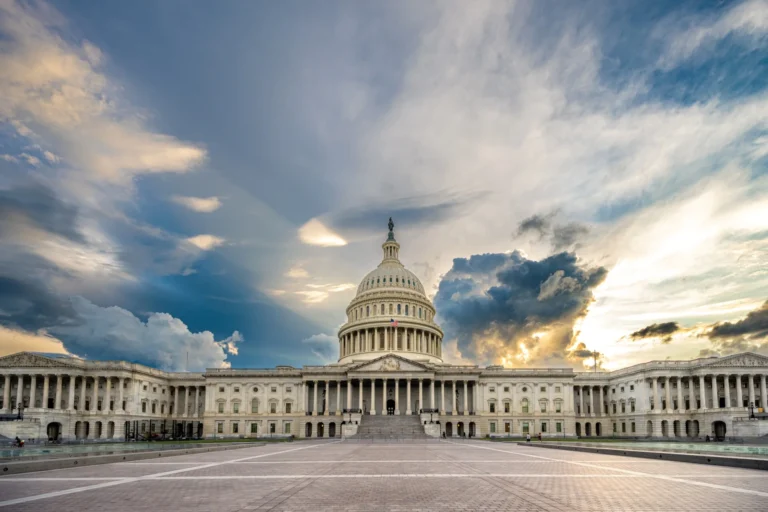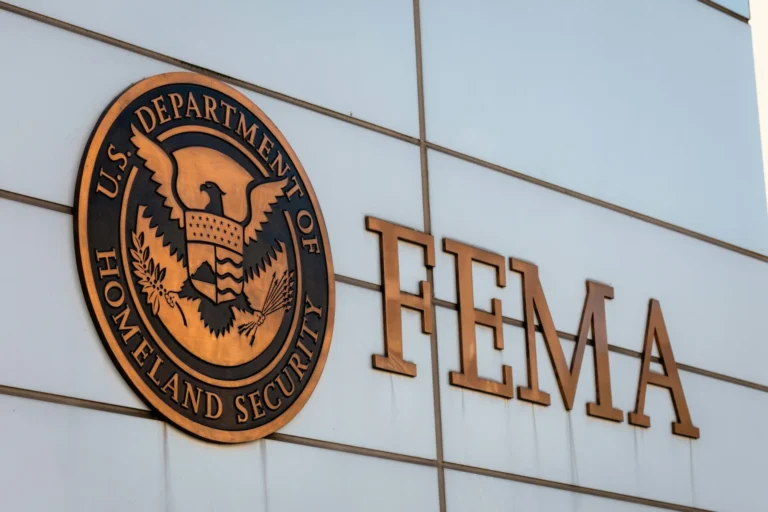By Cliff Montgomery – Feb. 11th, 2010
America’s federally mandated debt limit has been raised numerous times over the last 10 years, reveals aU.S. government study released in January.
There is only one reason to raise a country’s debt limit–a definite, corresponding increase of the country’sdebt.
The Congressional Research Service (CRS) study showed that the overwhelming majority of theseexpansions occurred during the administrations of George W. Bush. And of course, Republicans alsocontrolled both houses of Congress until early 2007.
This should give some readers a different perspective on Republicans’ new-found “concern” for the growth offederal debt.
A simple truth: The GOP only appears worried about debt growth when taxpayer dollars are being invested inpeople who aren’t millionaires and who normally don’t vote Republican. When their wealthy Wall Street friendswere hurting, the GOP couldn’t spend the people’s money quickly enough.
The full CRS report is entitled, The Debt Limit: History and Recent Increases. Below the American Sparkprovides the study’s telling summary.
“Total debt of the federal government can increase in two ways.
“First, debt increases when the government sells debt to the public to finance budget deficits and acquire thefinancial resources needed to meet its obligations. This increases debt held by the public.
“Second, debt increases when the federal government issues debt to certain government accounts, such asthe Social Security, Medicare, and Transportation trust funds, in exchange for their reported surpluses. Thisincreases debt held by government accounts.
“The sum of debt held by the public and debt held by government accounts is the total federal debt. Surplusesgenerally reduce debt held by the public, while deficits raise it.
“A statutory limit has restricted total federal debt since 1917 when Congress passed the Second Liberty BondAct.
“Congress has raised the debt limit eight times since 2001. Deficits each year since 2001 and the persistentincreases in debt held by government accounts repeatedly raised the debt to or near the limit in place at thetime.
“Congress raised the limit in June 2002, and by December 2002 the U.S. Department of the Treasury askedCongress for another increase, which was passed in May 2003.
“In June 2004, the Treasury asked for another debt limit increase. After Congress recessed in mid-October2004 without acting, the Secretary of the Treasury told Congress that the actions he was taking to avoidexceeding the debt limit would suffice only through mid-November. Congress approved a debt limit increase ina post-election session, which the President signed on November 19, 2004.
“In 2005, reconciliation instructions in the FY2006 budget resolution included a debt limit increase. With noaction having been taken by December 2005, the Secretary of the Treasury sent several letters warningCongress that the Treasury would exhaust its options to avoid default by mid-March 2006. Congress passedan increase in mid-March, which the President signed on March 20.
“The House’s adoption of the conference report on the FY2008 budget resolution in the spring of 2007automatically created and deemed passed legislation raising the debt limit by $850 billion to $9,815 billion. TheSenate approved the resolution on September 27, 2007, and it was signed by the President two days later.
“The current economic slowdown led to sharply higher estimates of the FY2008 and FY2009 deficits, which ledto a series of debt limit increases.
“A debt limit increase was included in the Housing and Economic Recovery Act of 2008 and signed into law onJuly 30.
“The Emergency Economic Stabilization Act of 2008, signed into law on October 3, raised the debt limit again.
“The debt limit was increased for the third time in less than a year with the passage of American Recovery andReinvestment Act of 2009 on February 13, 2009, which was signed into law on February 17, 2009, whichraised the debt limit to $12,104 billion.
“The House’s adoption of the conference report on the FY2010 budget resolution on April 29, 2009, triggeredthe automatic passage of a separate measure to raise the debt limit to $13.029 trillion that was then sent tothe Senate. In August 2009, according to media reports, Treasury Secretary Geithner said that the debt limitwould be reached in mid-October, although the Treasury later stated that the limit would not be reached untilmid or late December 2009.
“[House Resolution] 4314, passed by the House on December 16, 2009, and by the Senate on December 24,raised the debt limit to $12.394 trillion when the President signed the measure on December 28. On January28, the Senate passed an amended version of [House Joint Resolution] 45.”





